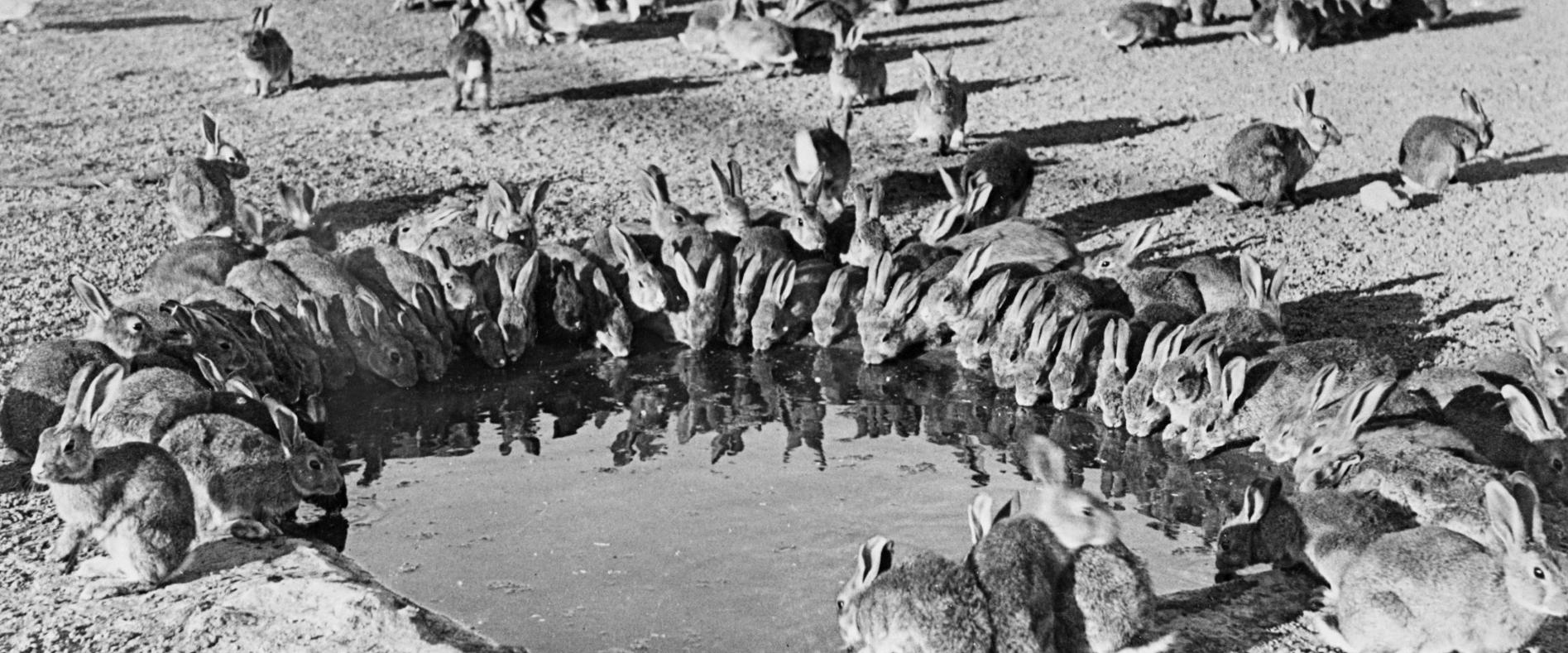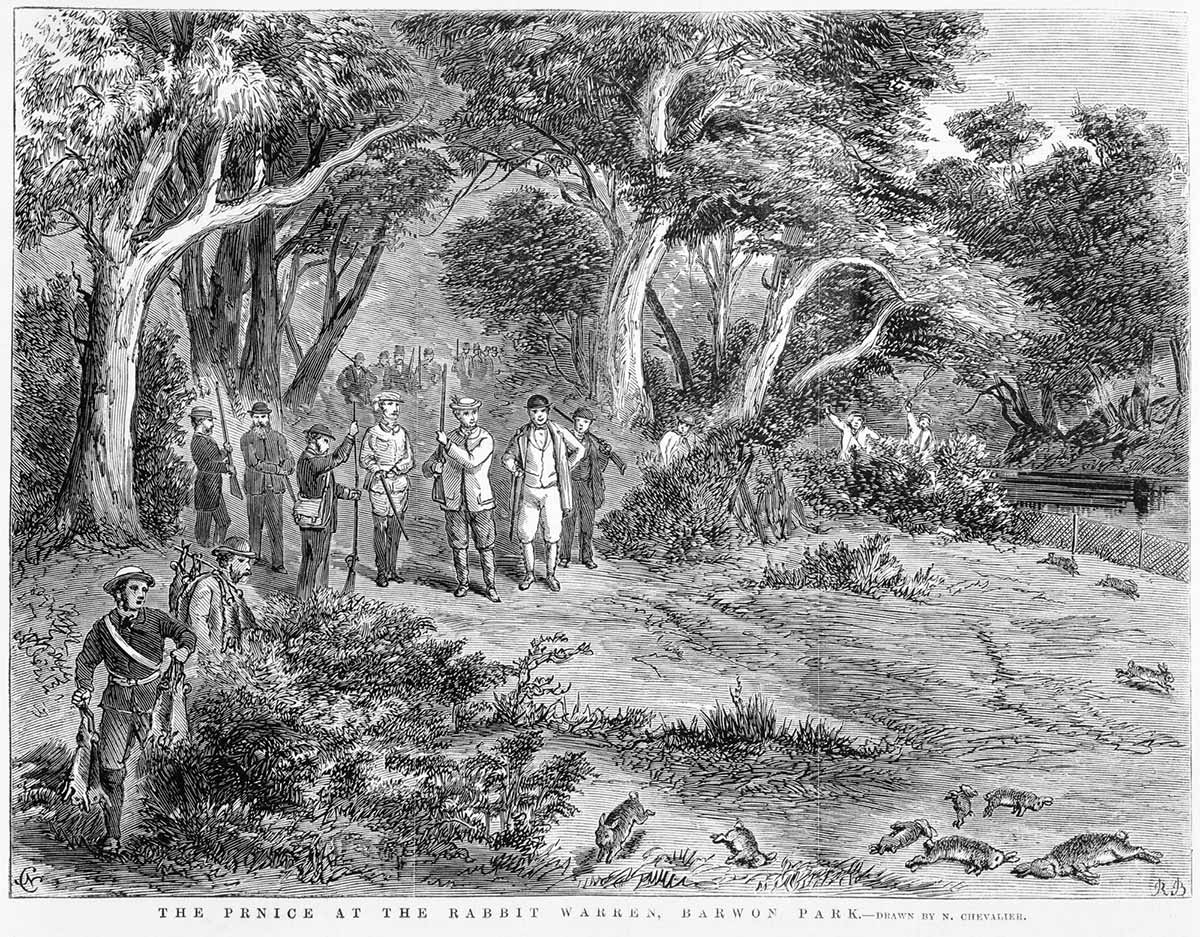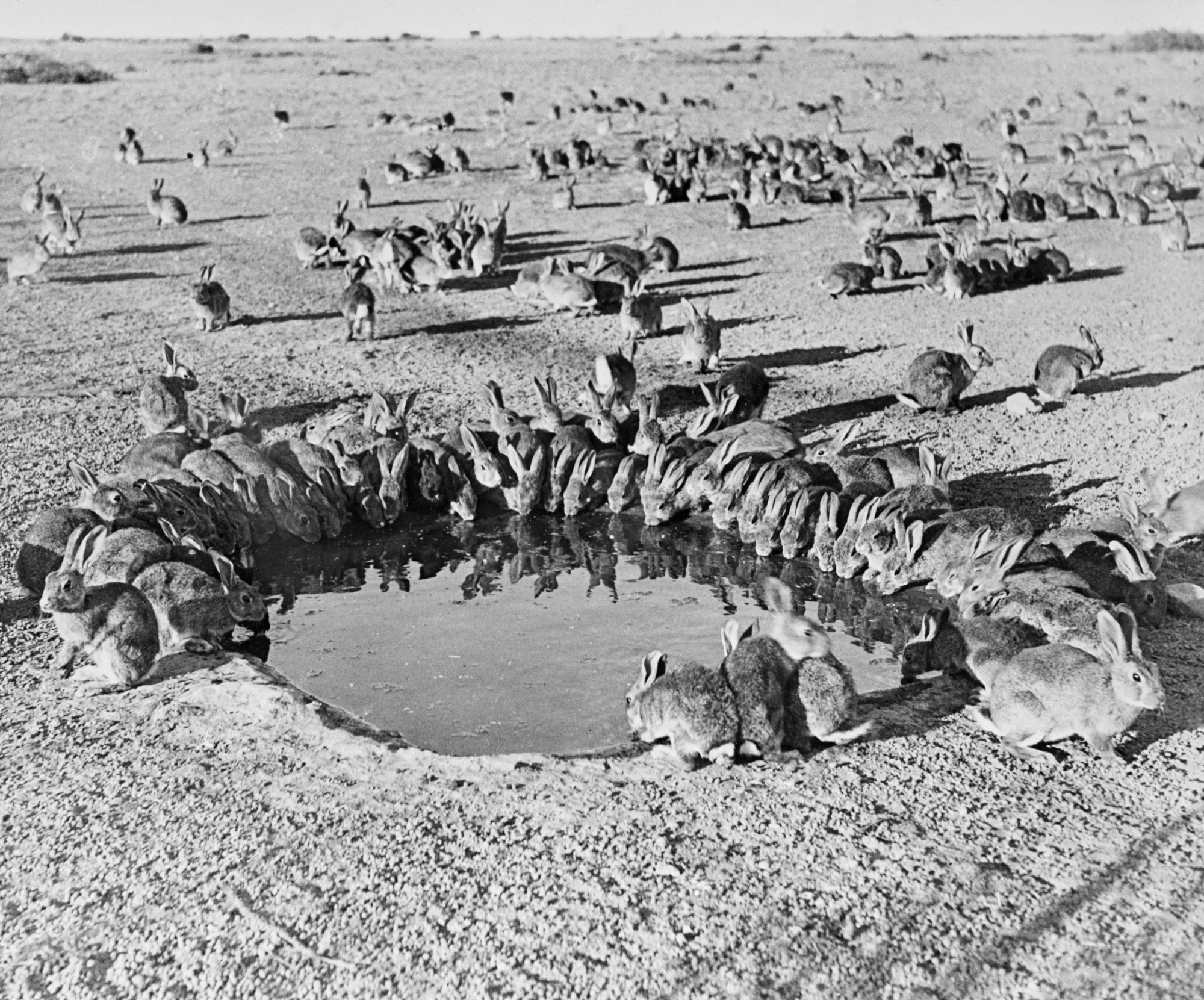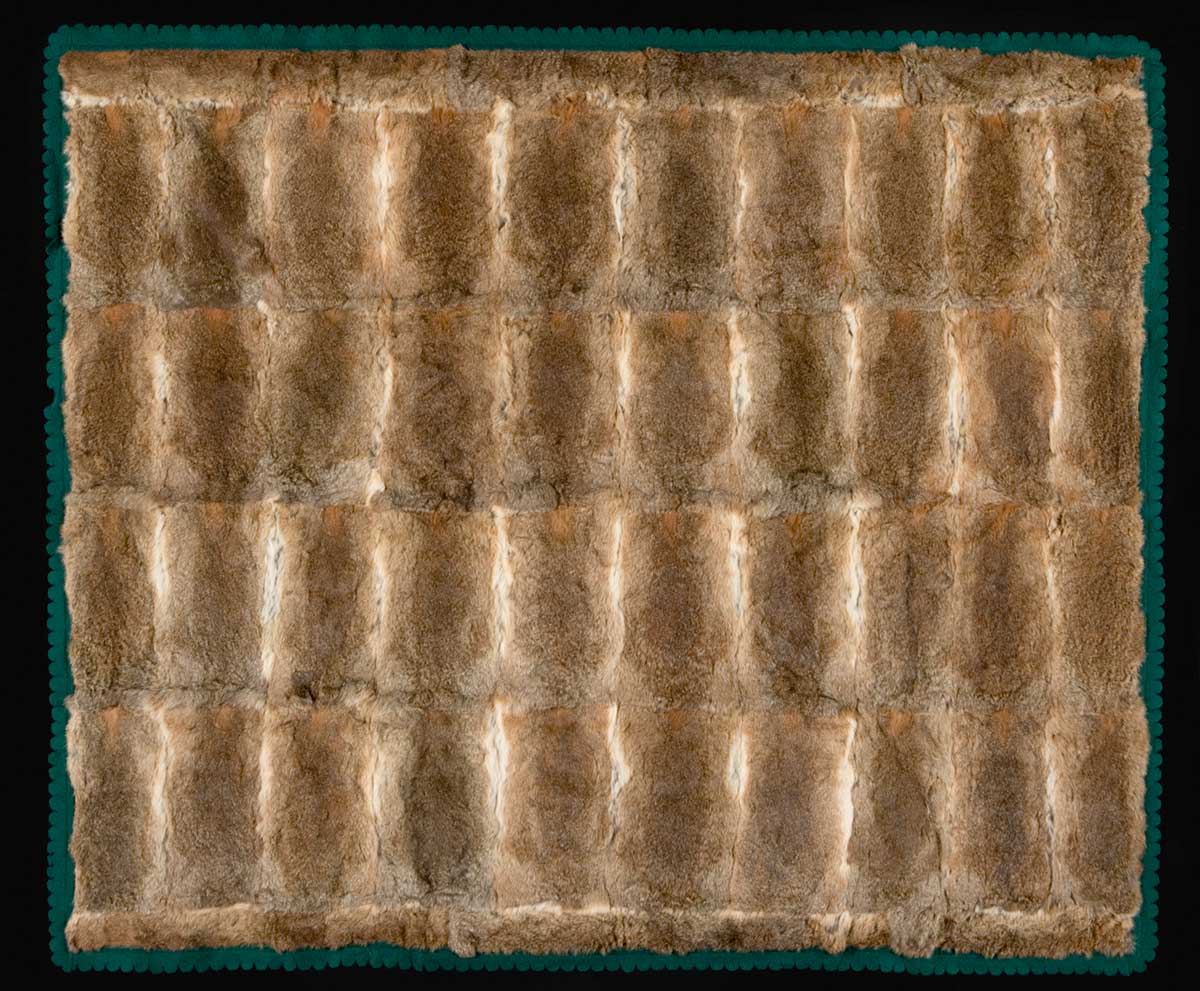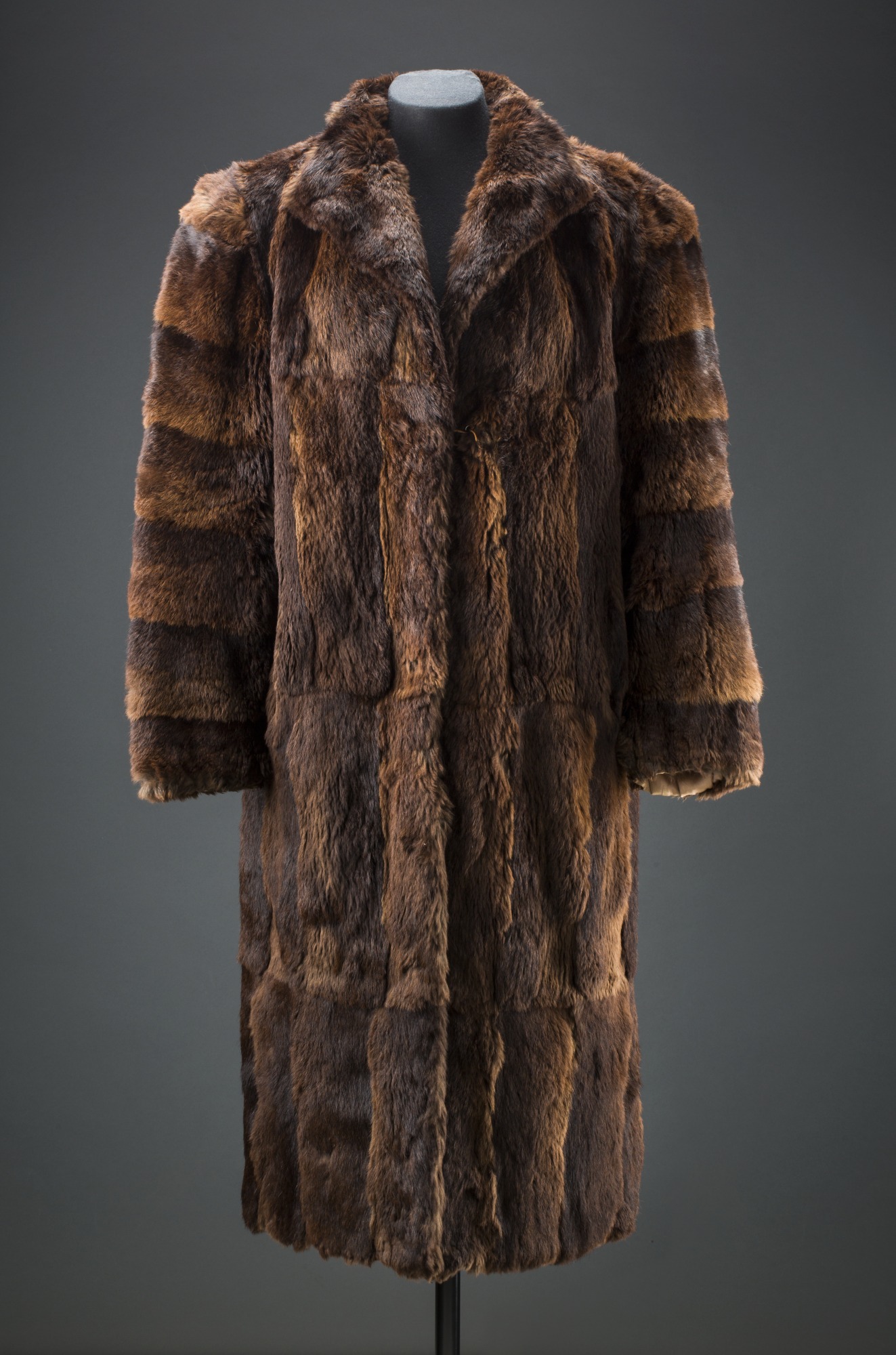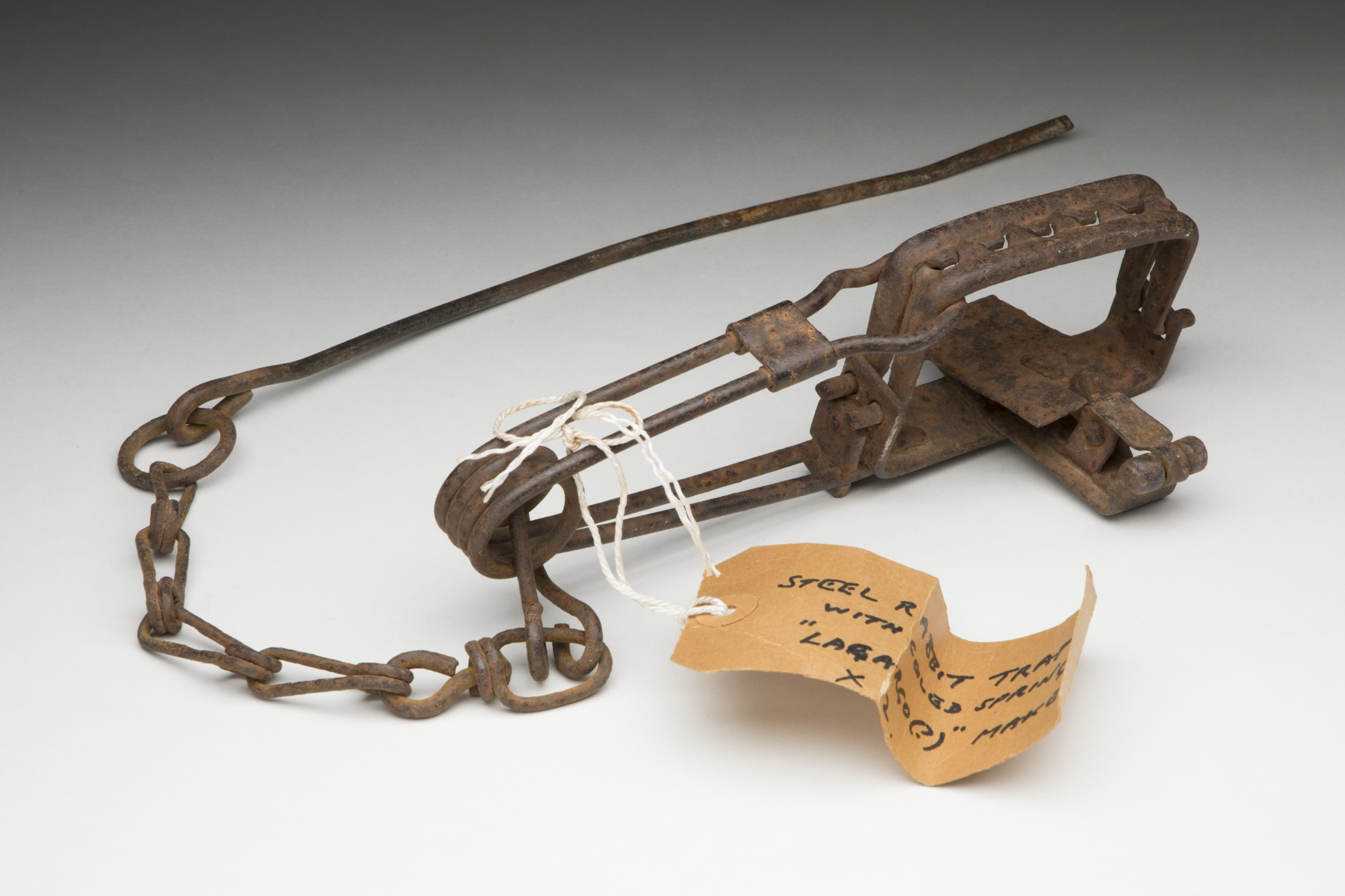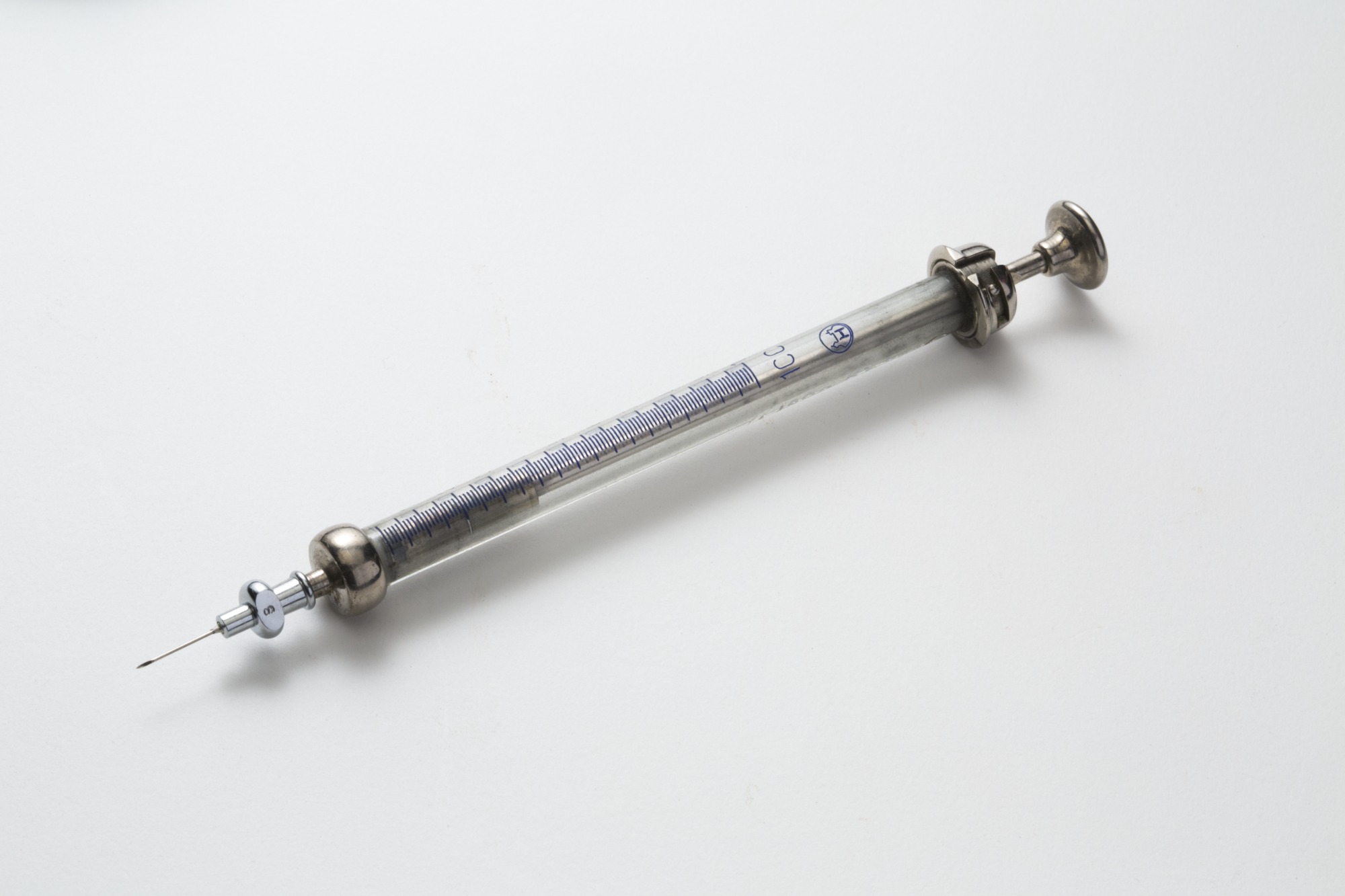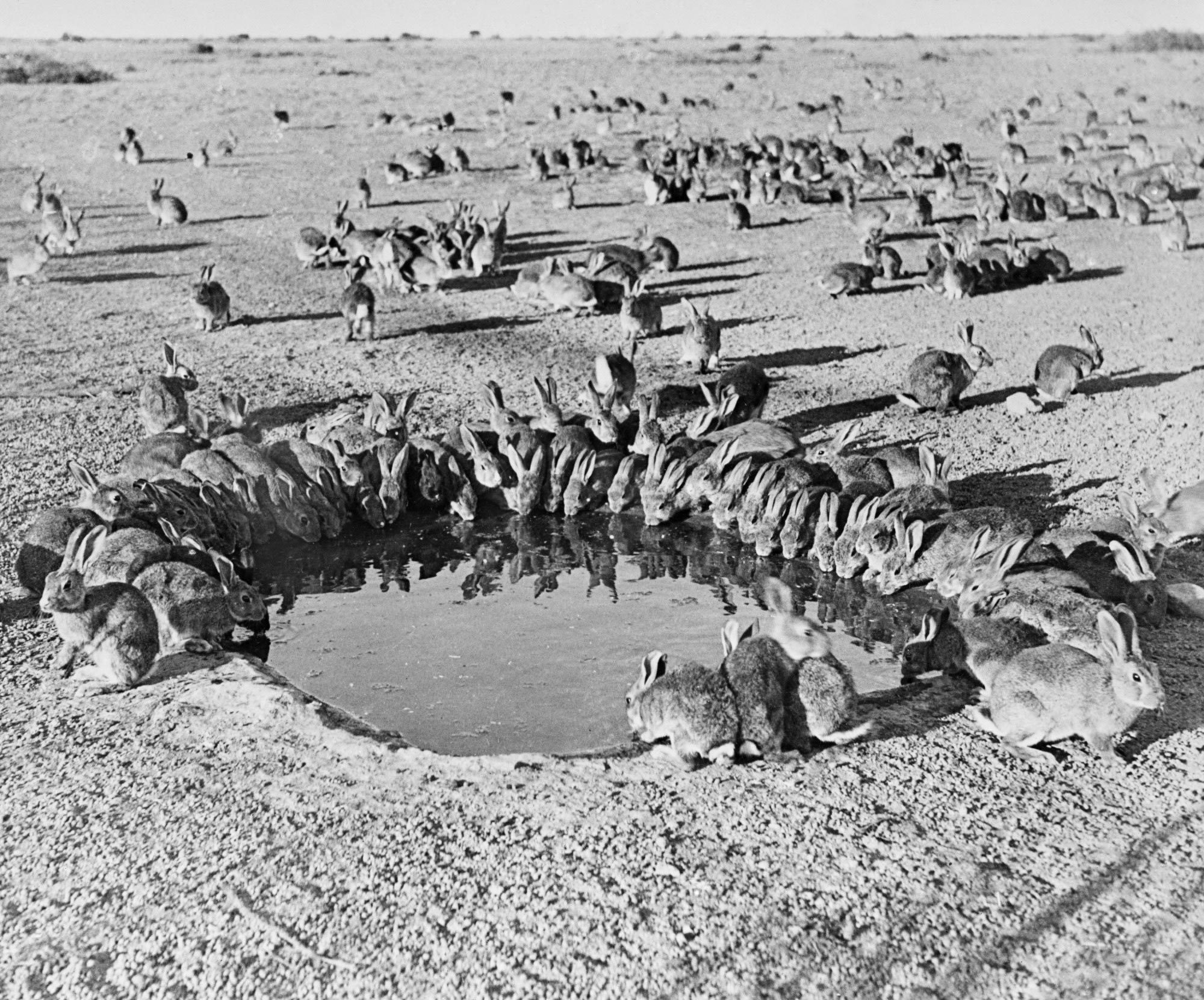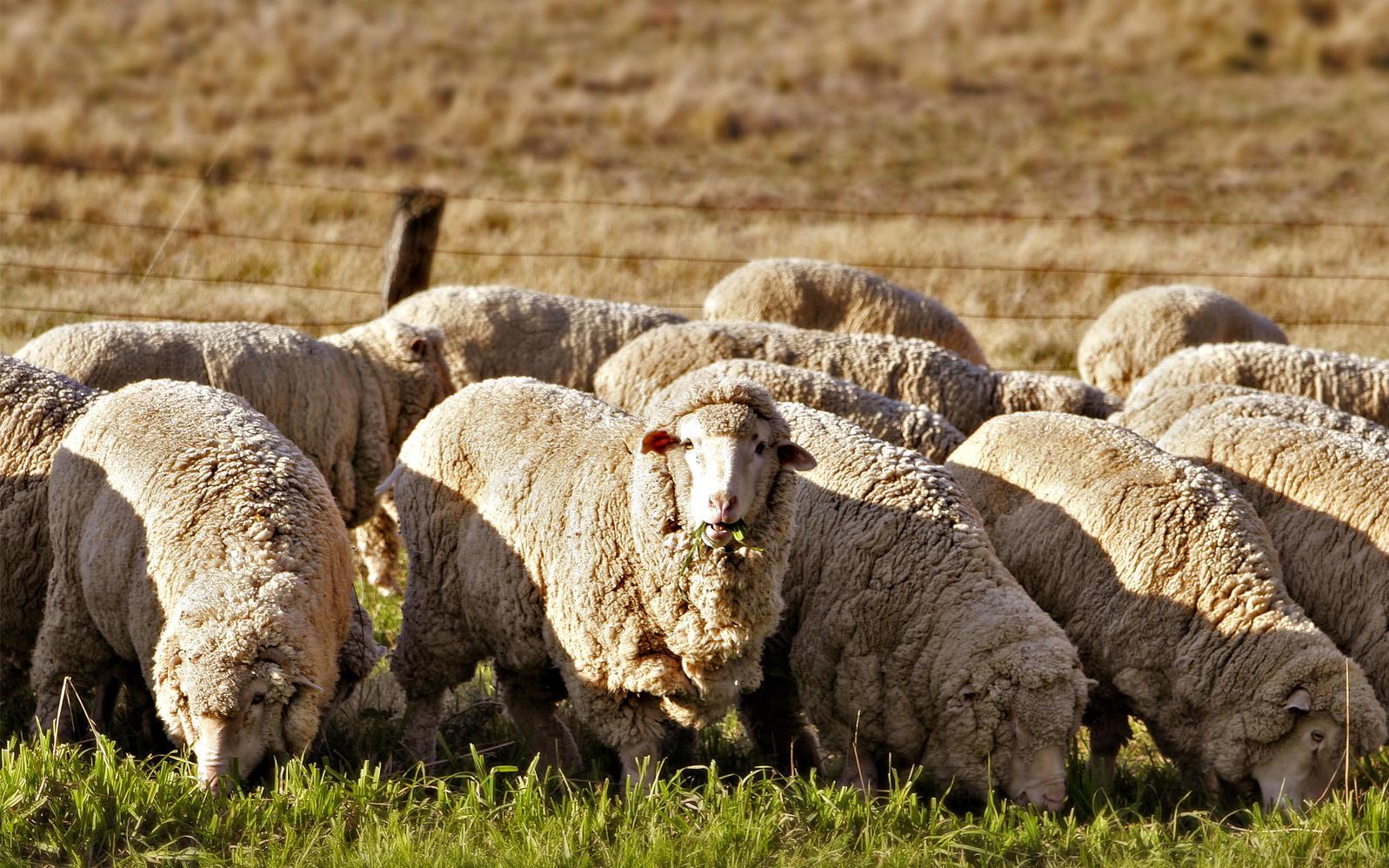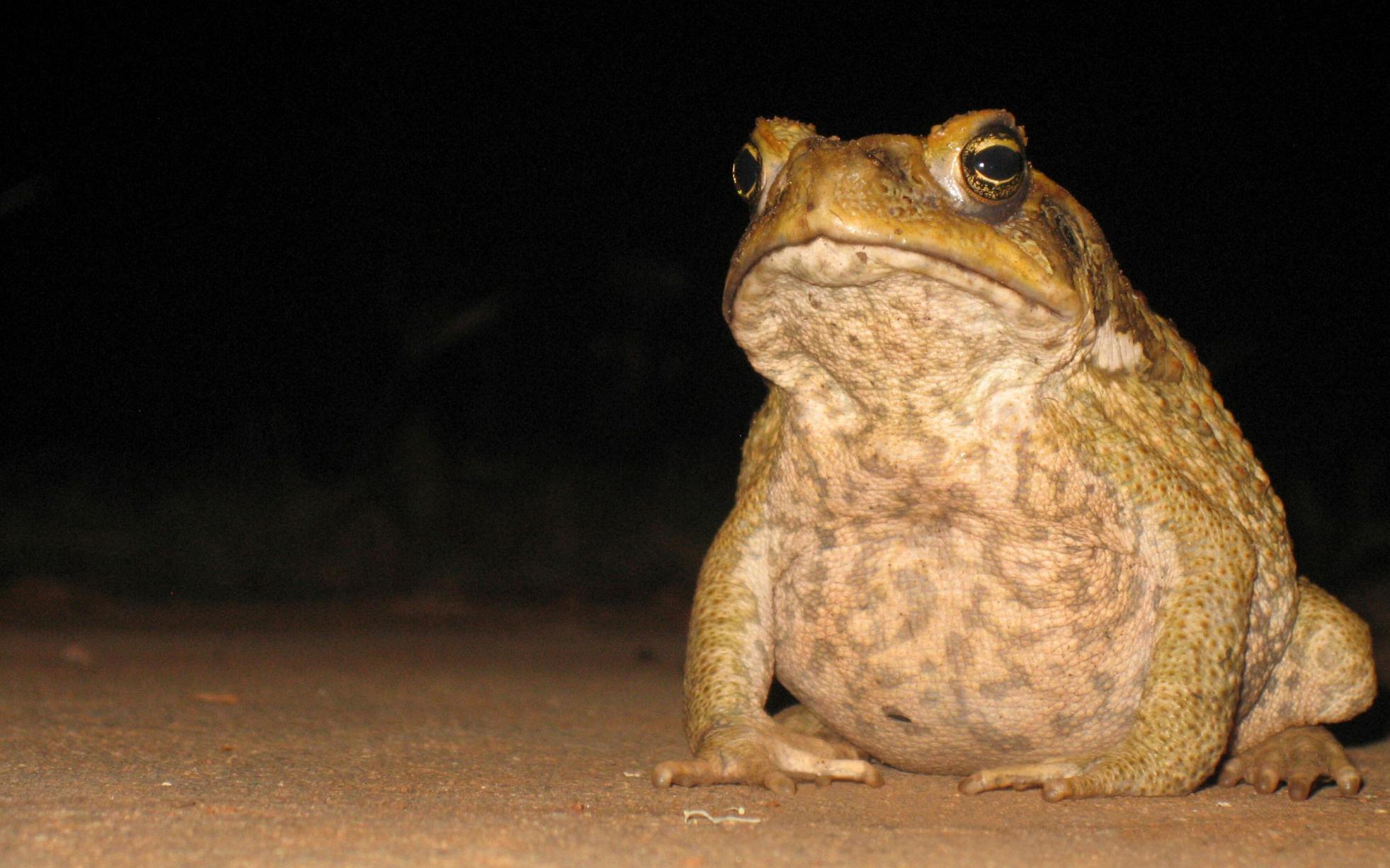‘They all ran wild’
1859: Rabbits introduced into Australia
‘They all ran wild’
1859: Rabbits introduced into Australia
In a snapshot
European wild rabbits were introduced into Australia in 1859 so they could be hunted for sport. Within 50 years rabbits had spread across almost the whole of Australia. Rabbits have had a devastating effect on Australia’s environment, and people have tried different ways to reduce their numbers. Today at least 150 million wild rabbits live in Australia.
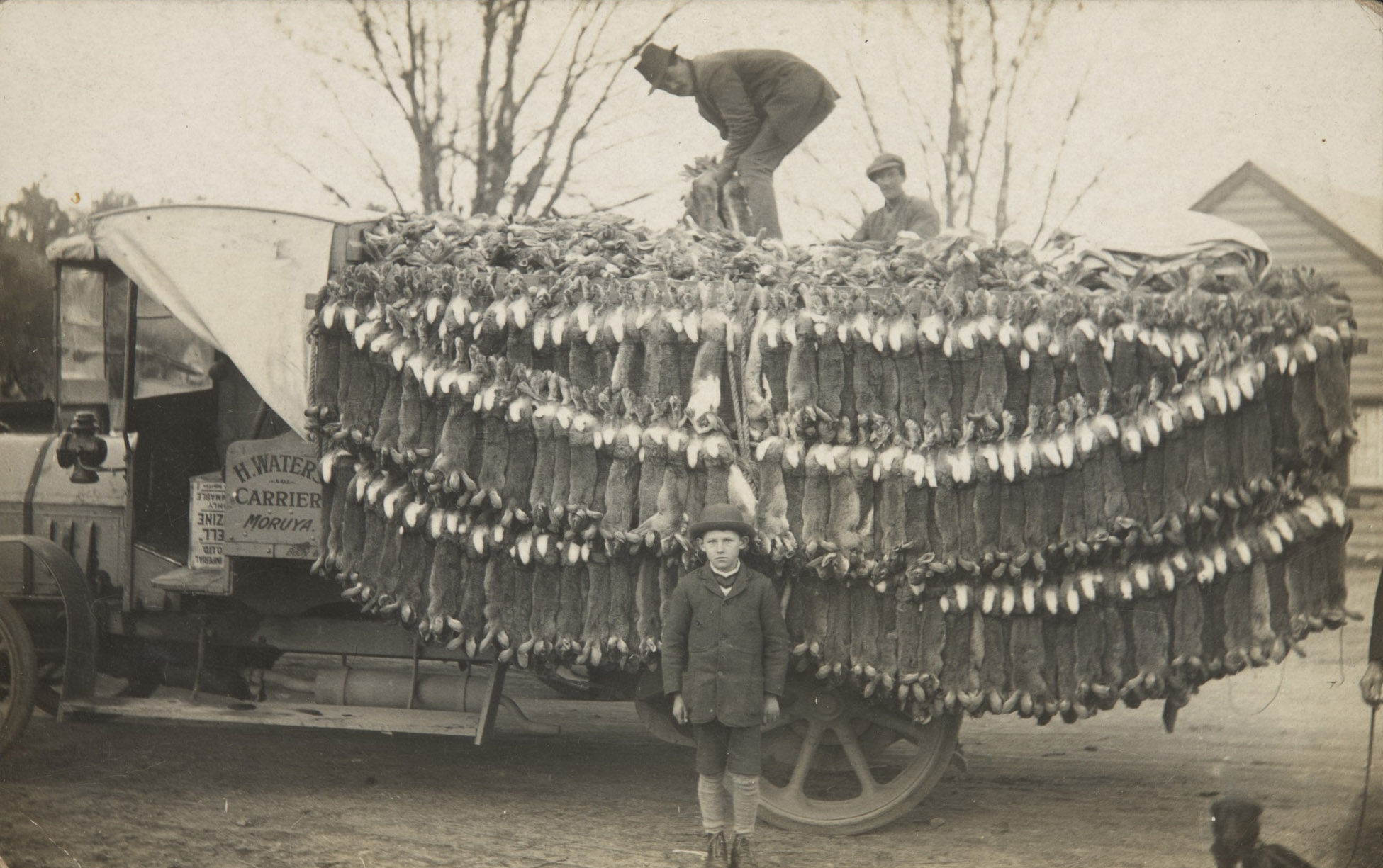
 Can you find out?
Can you find out?
1. Why were rabbits introduced into Australia in 1859 and how long did it take rabbits to spread throughout most of Australia?
2. What damage did rabbits do to the environment? Does this surprise you? Explain your answer.
3. Describe one method that people used to control rabbit numbers. How successful was it?
How did rabbits arrive in Australia?
The first rabbits arrived in Australia in 1788 with the First Fleet but they were not released into the wild.
On Christmas Day 1859 Thomas Austin released 13 wild rabbits on his farm at Barwon Park in Victoria. Austin was born in England where rabbit hunting was a popular sport. He released the rabbits so that he and his friends could hunt them. Seven years later hunters caught 14,000 rabbits at Barwon Park.
The rabbits quickly spread beyond Barwon Park. In 1880 they had crossed the Murray River into New South Wales. They reached Queensland in 1886 and Western Australia in 1894. Rabbits spread across Australia more quickly than any other introduced species in the world.
Research task
Create a list of ways that Australians used rabbits in the 1930s and 1940s. Hint: read about rabbits on the National Museum of Australia’s website for some clues.
Why did people try to control the numbers of rabbits?
The large, spreading rabbit population quickly began to damage farms and the Australian environment. Rabbits ate native vegetation, grasses and the crops planted by white settlers. This often caused soil erosion. During the 1800s and 1900s people tried different methods to control the number of rabbits in Australia.
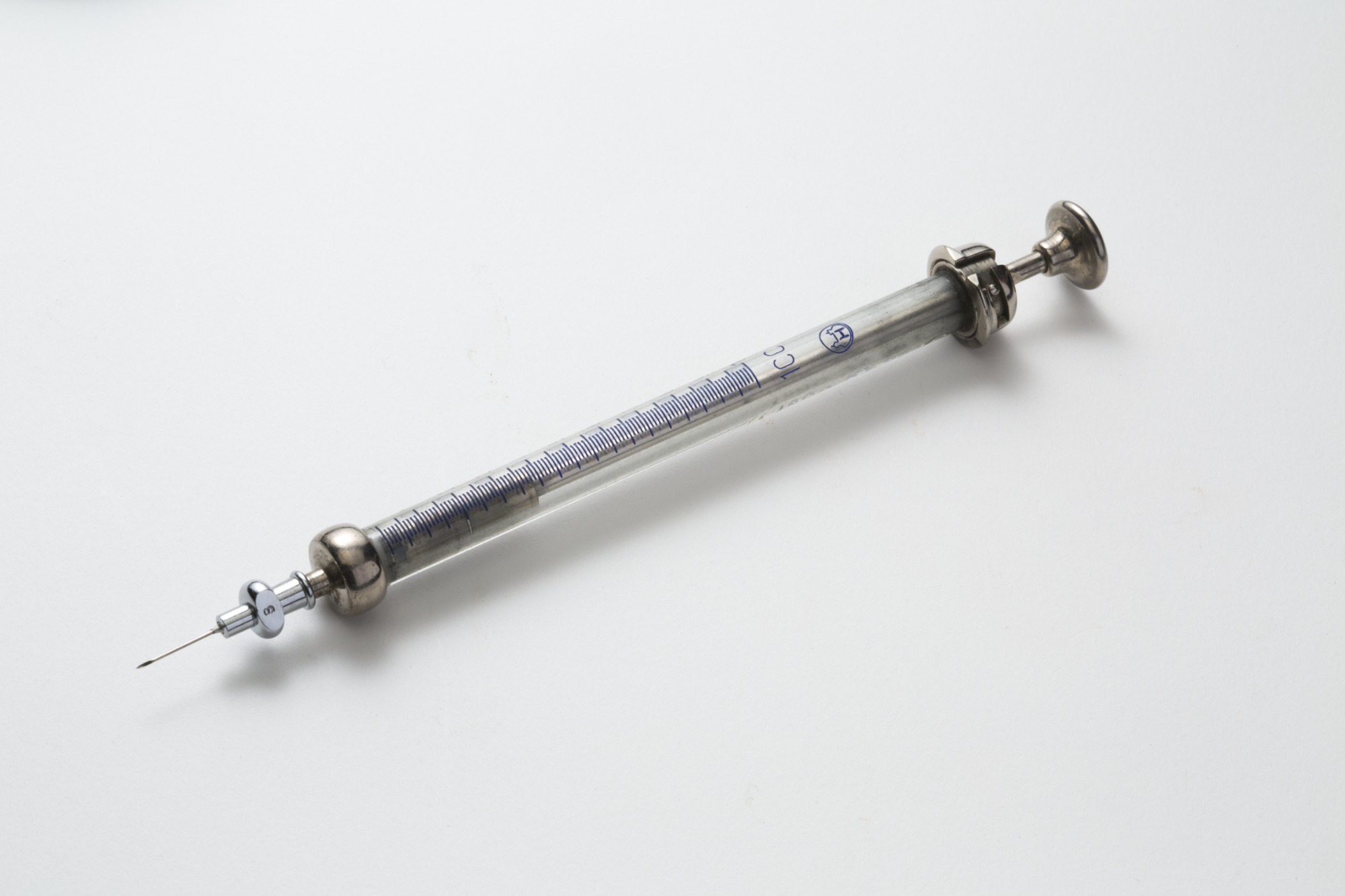
In the late 1800s people built long rabbit-proof fences to try to stop rabbits moving into new parts of the country. The most famous rabbit-proof fence was built between 1901 and 1907. It was 3256 kilometres long and ran from north to south across Western Australia. But rabbit-proof fences did not stop the spread of rabbits. The fences were sometimes built too late, after rabbits had already crossed into the country that people were trying to protect. Also rabbits often got through holes in the fences.
People also tried to reduce the number of rabbits by trapping and killing them and by poisoning them. During the Depression in the 1930s many people killed rabbits to eat the meat.
These methods did not reduce the numbers of rabbits. In fact by the 1940s there were 600 million rabbits in Australia.
Will disease help to control rabbits?
Myxomatosis is a disease that affects rabbits. The myxomatosis virus is most often spread by mosquito bites. When rabbits are infected with the virus they usually die.
In 1950 scientists at the CSIRO released the myxomatosis virus into Australia’s wild rabbit population. The disease spread very quickly and killed around 500 million rabbits. This was the most successful attempt to control rabbit numbers in Australia’s history. But over time rabbits began to develop a resistance to myxomatosis and the numbers began to rise again.
In 1995 scientists released a new disease called calicivirus. But rabbits are now developing a resistance to that too. Rabbits continue to have a devastating impact on Australia’s native environment.
Research task
Search the Museum’s collection of objects, images and documents relating to rabbits. Choose one, describe what it is, and explain both how and why it is important to the story of rabbits in Australia.
‘…for scale and speed [the myxomatosis epidemic] must be without parallel in the history of infections.’
Read a longer version of this Defining Moment on the National Museum of Australia’s website.
 What did you learn?
What did you learn?
1. Why were rabbits introduced into Australia in 1859 and how long did it take rabbits to spread throughout most of Australia?
2. What damage did rabbits do to the environment? Does this surprise you? Explain your answer.
3. Describe one method that people used to control rabbit numbers. How successful was it?






